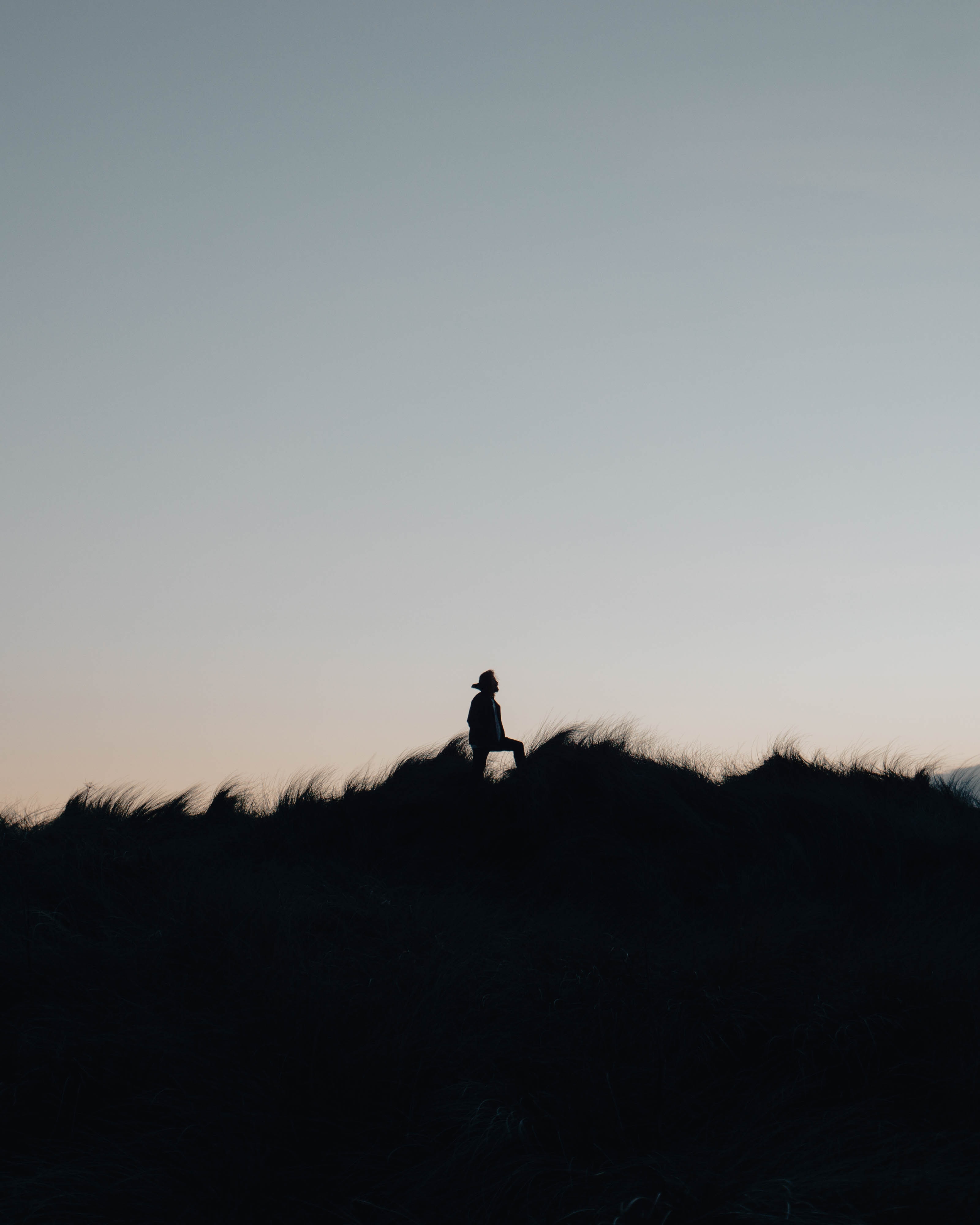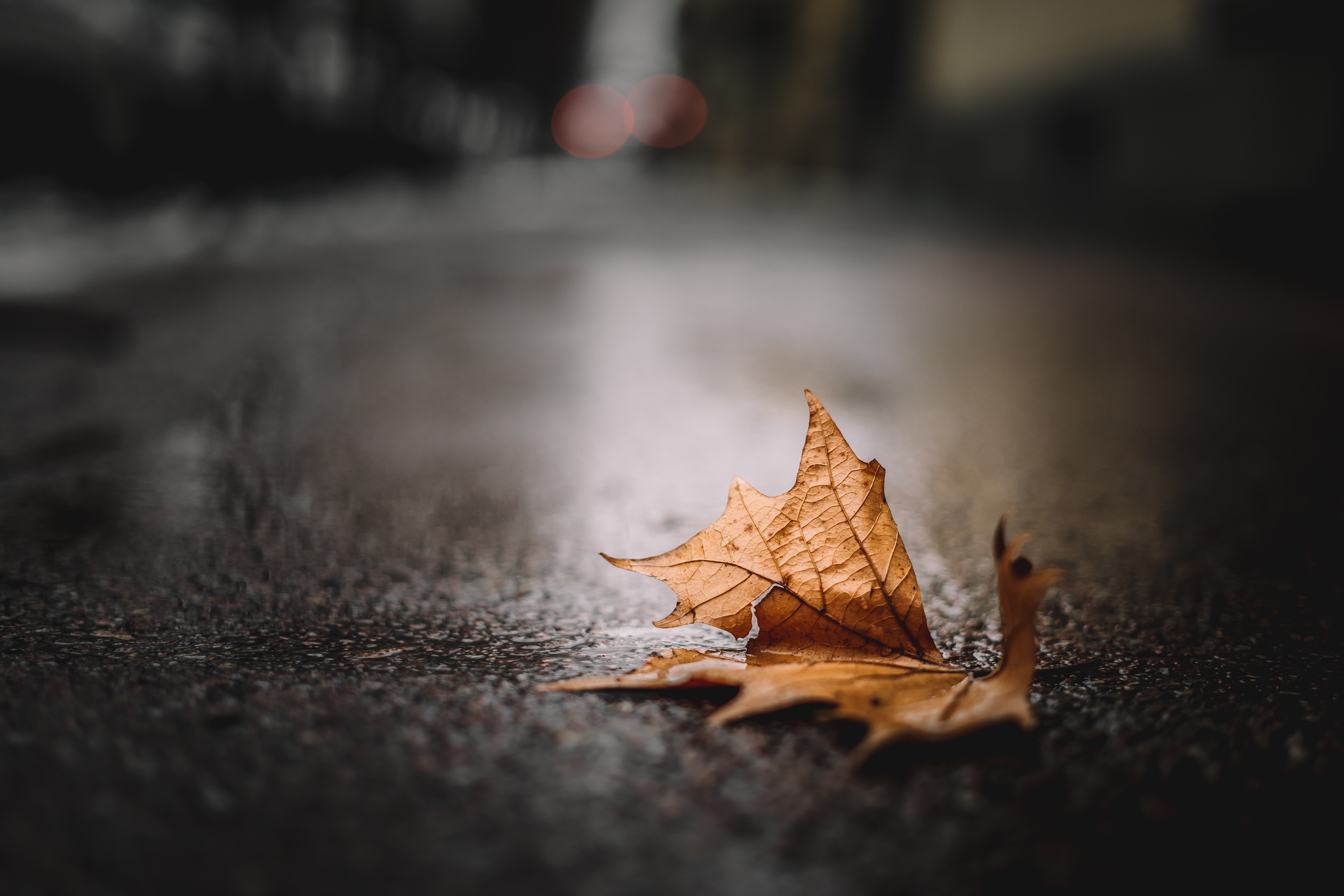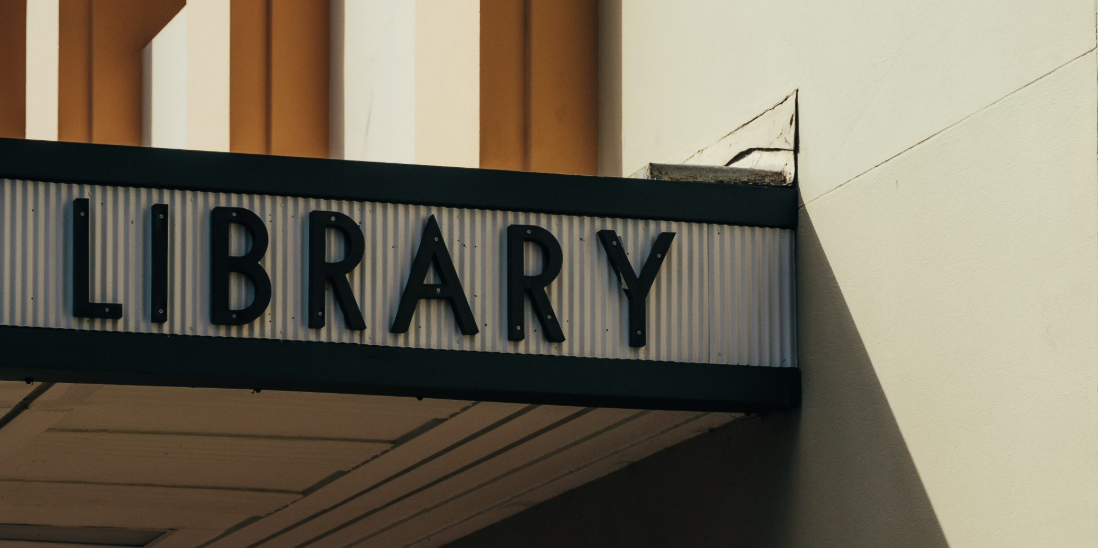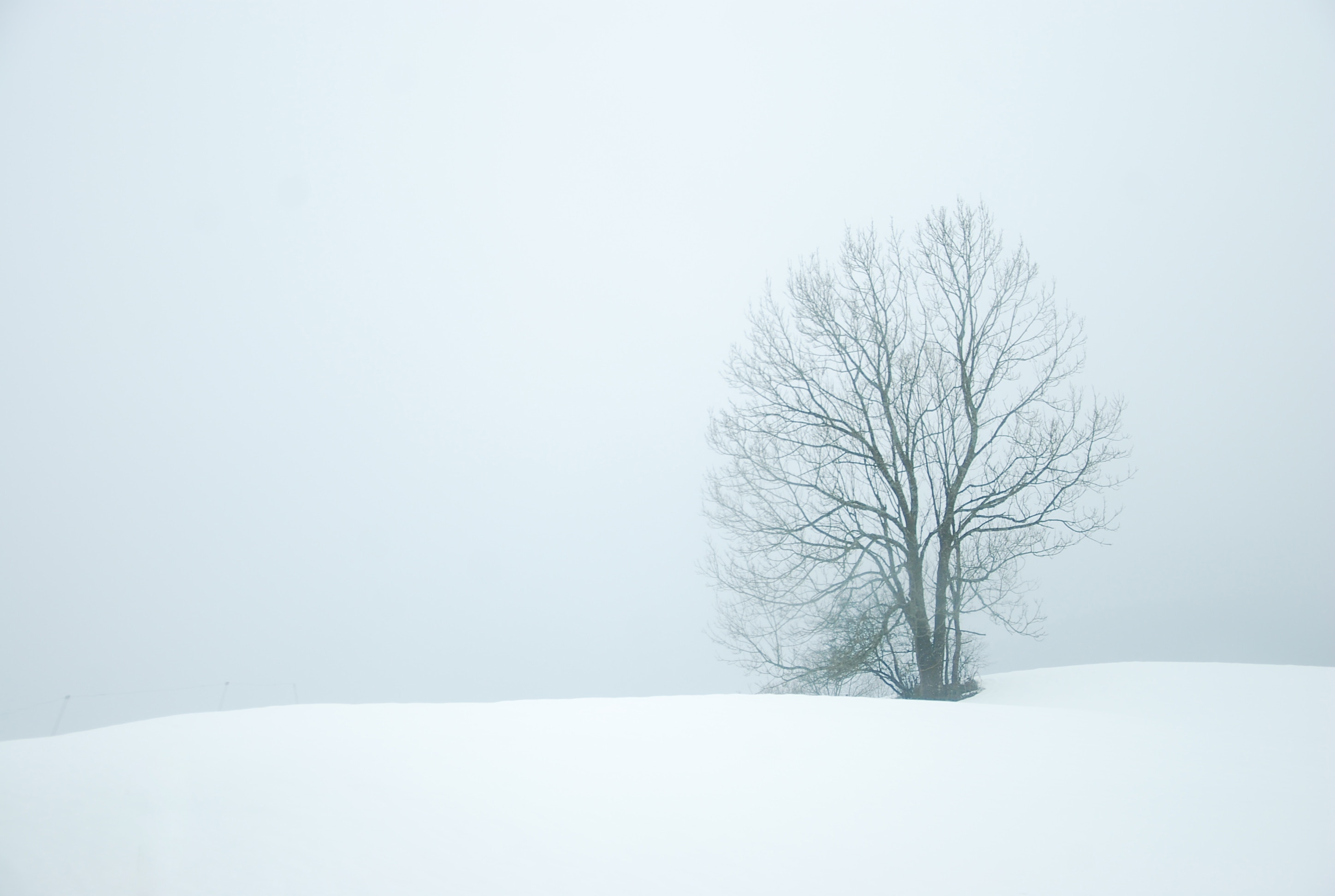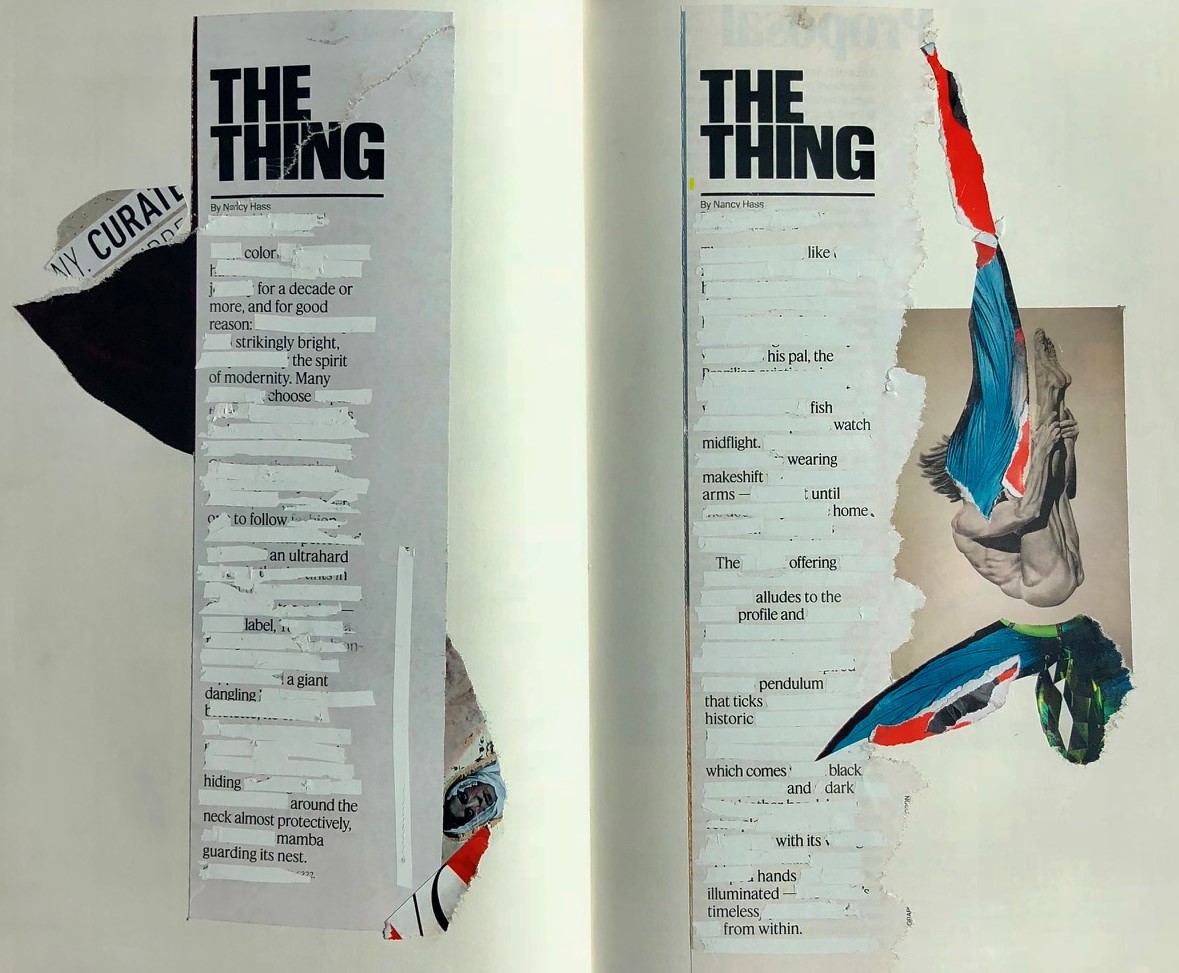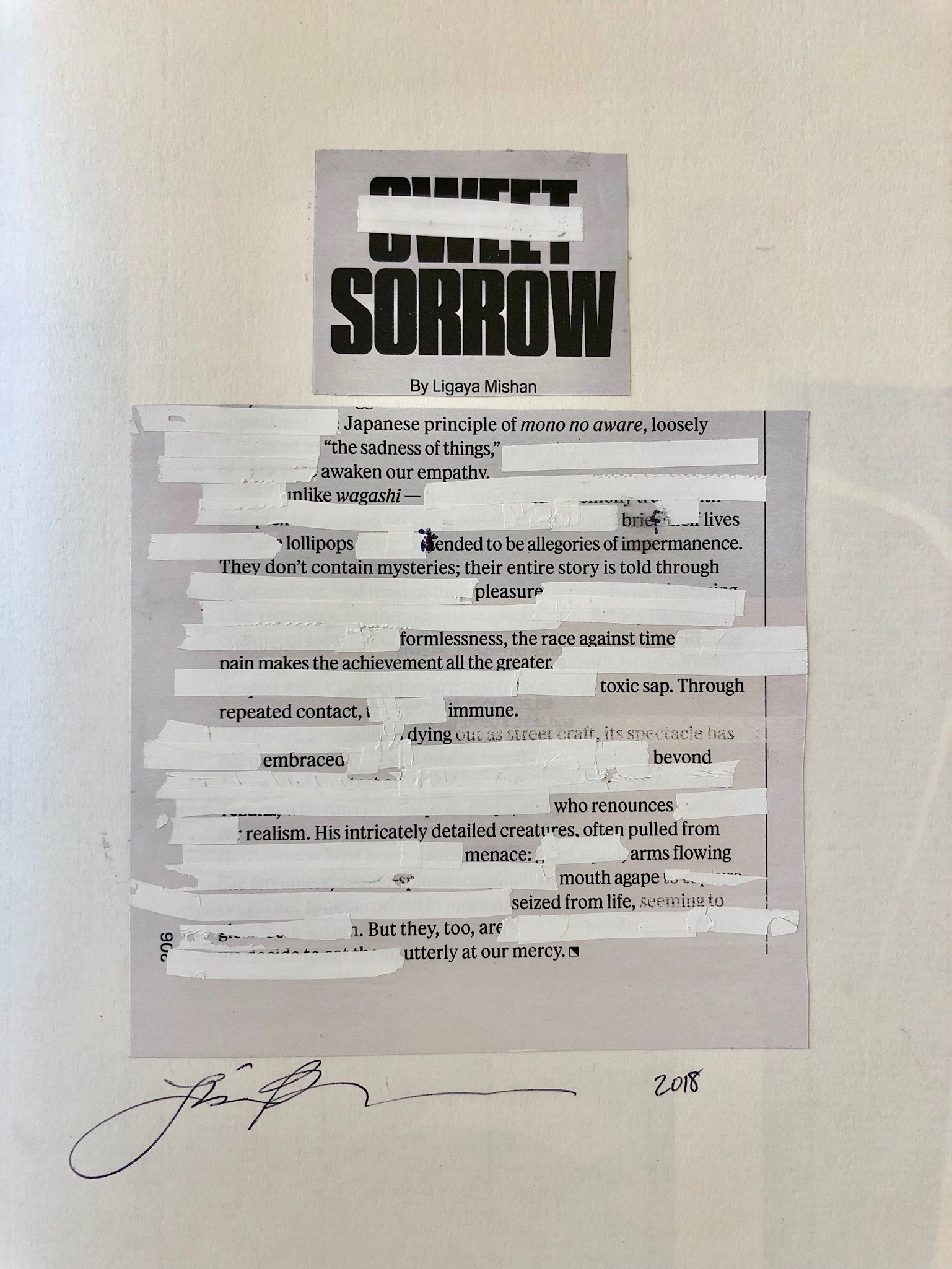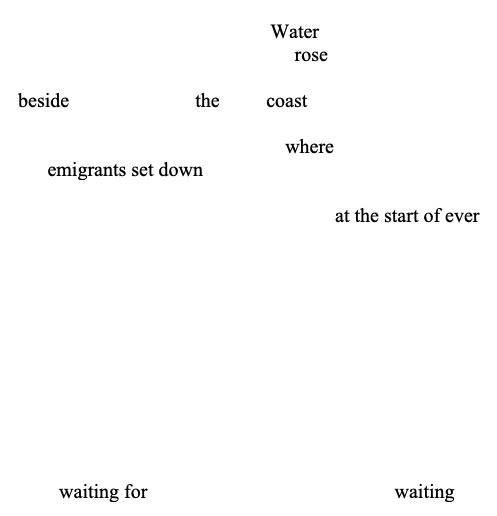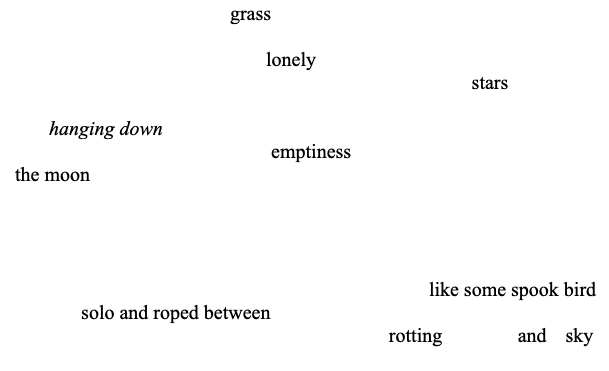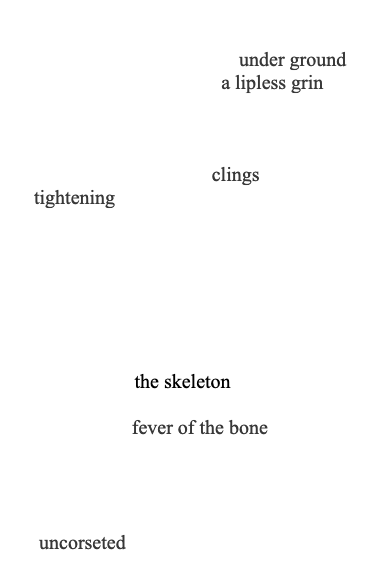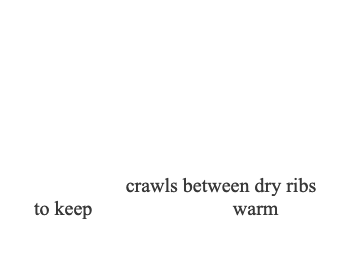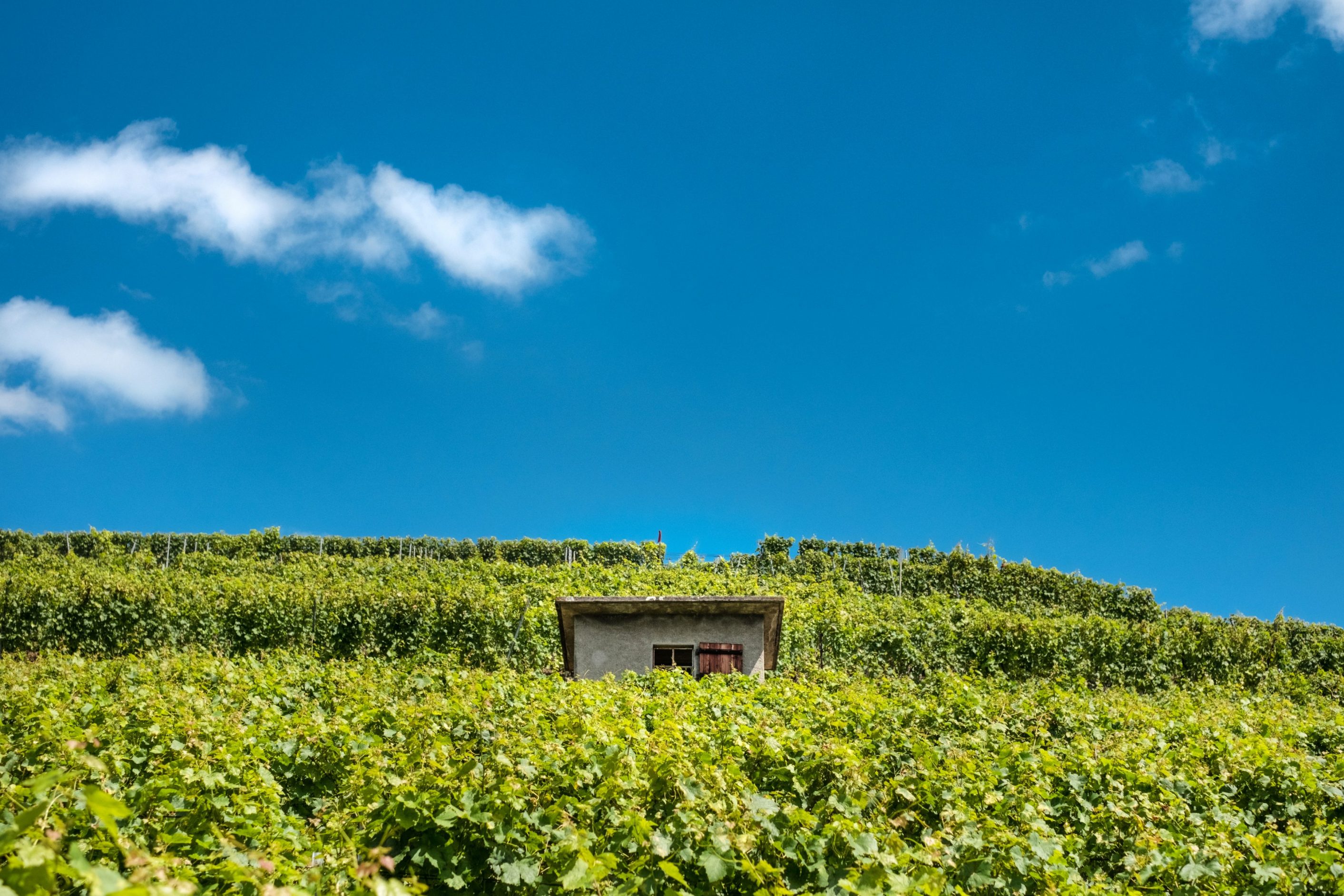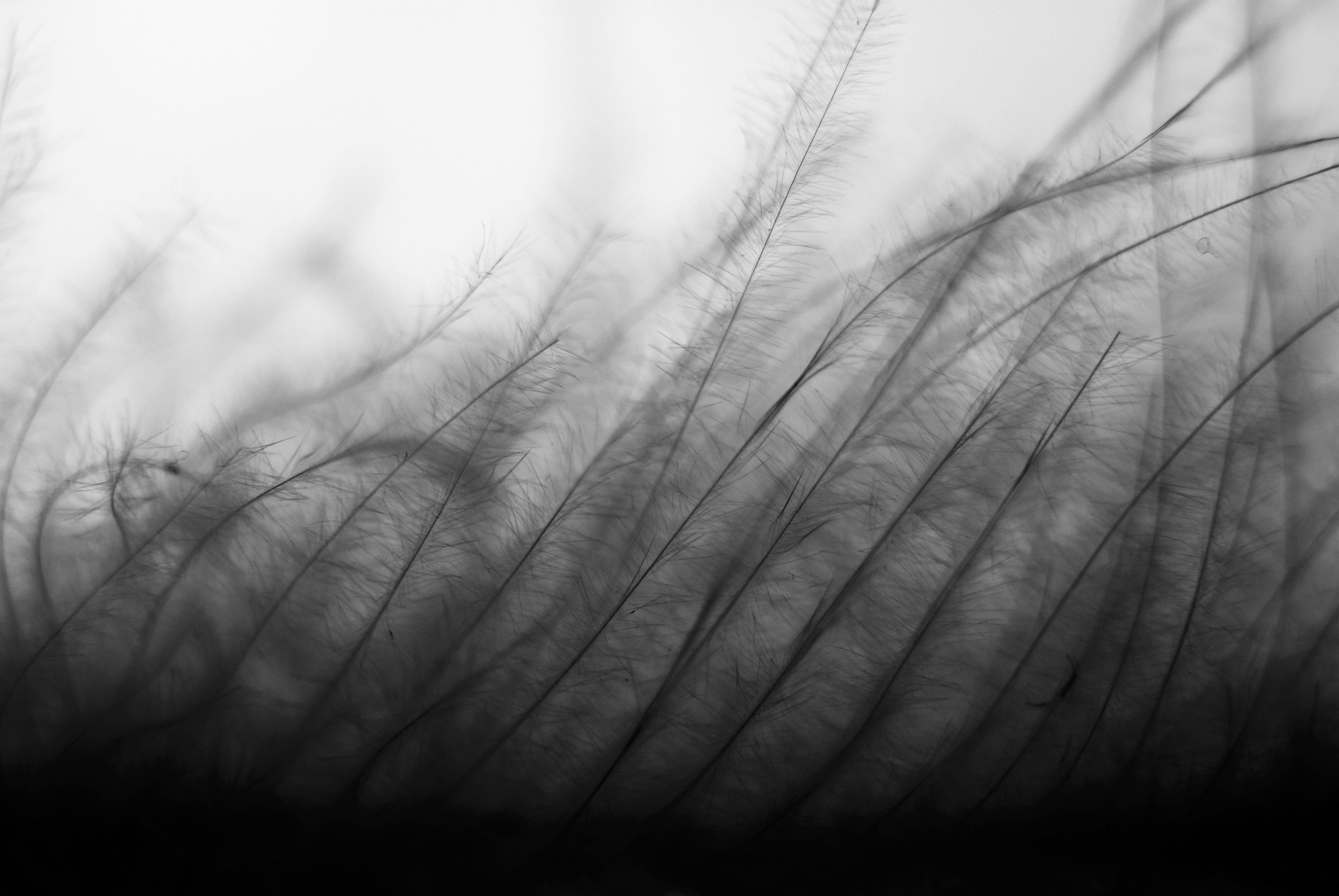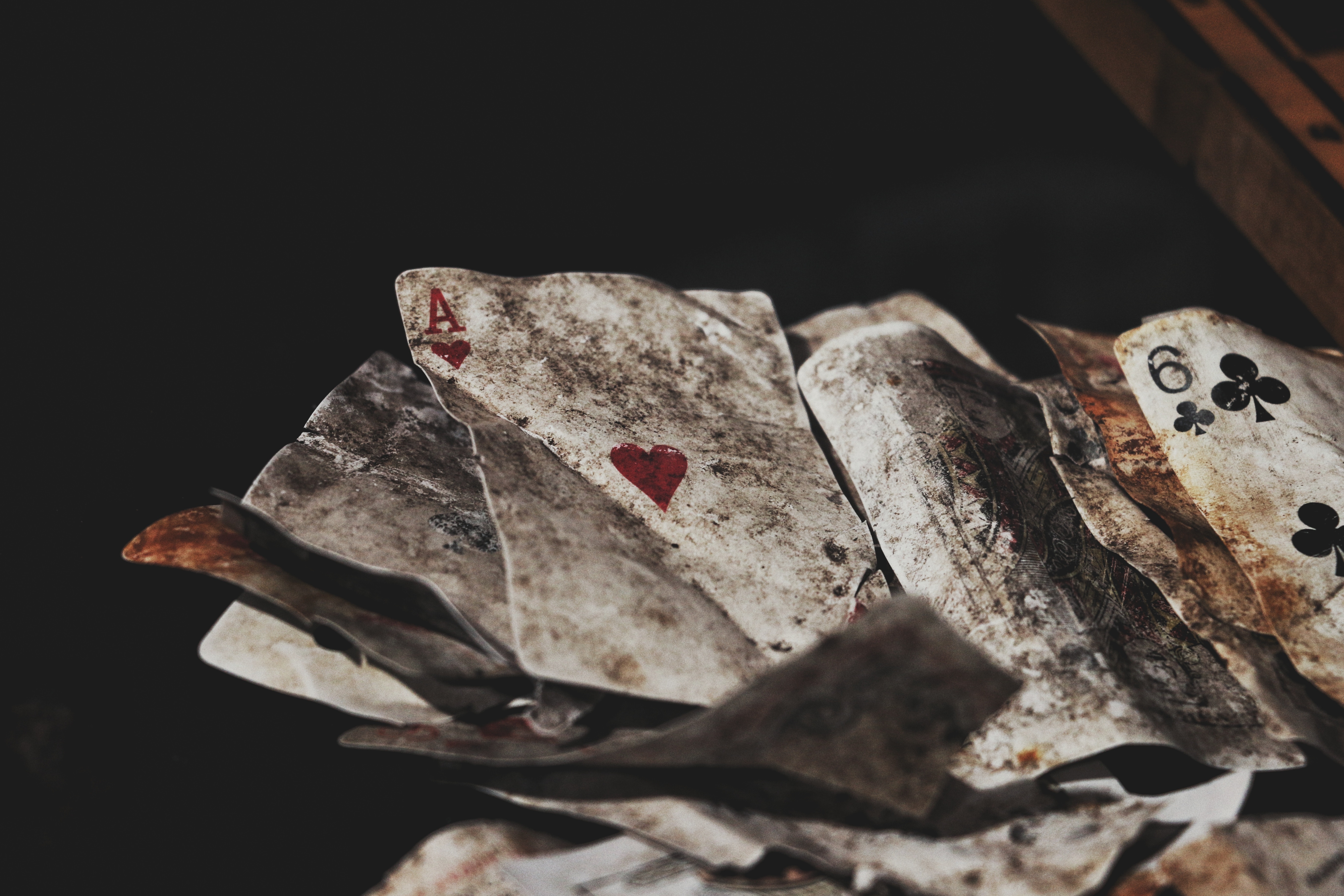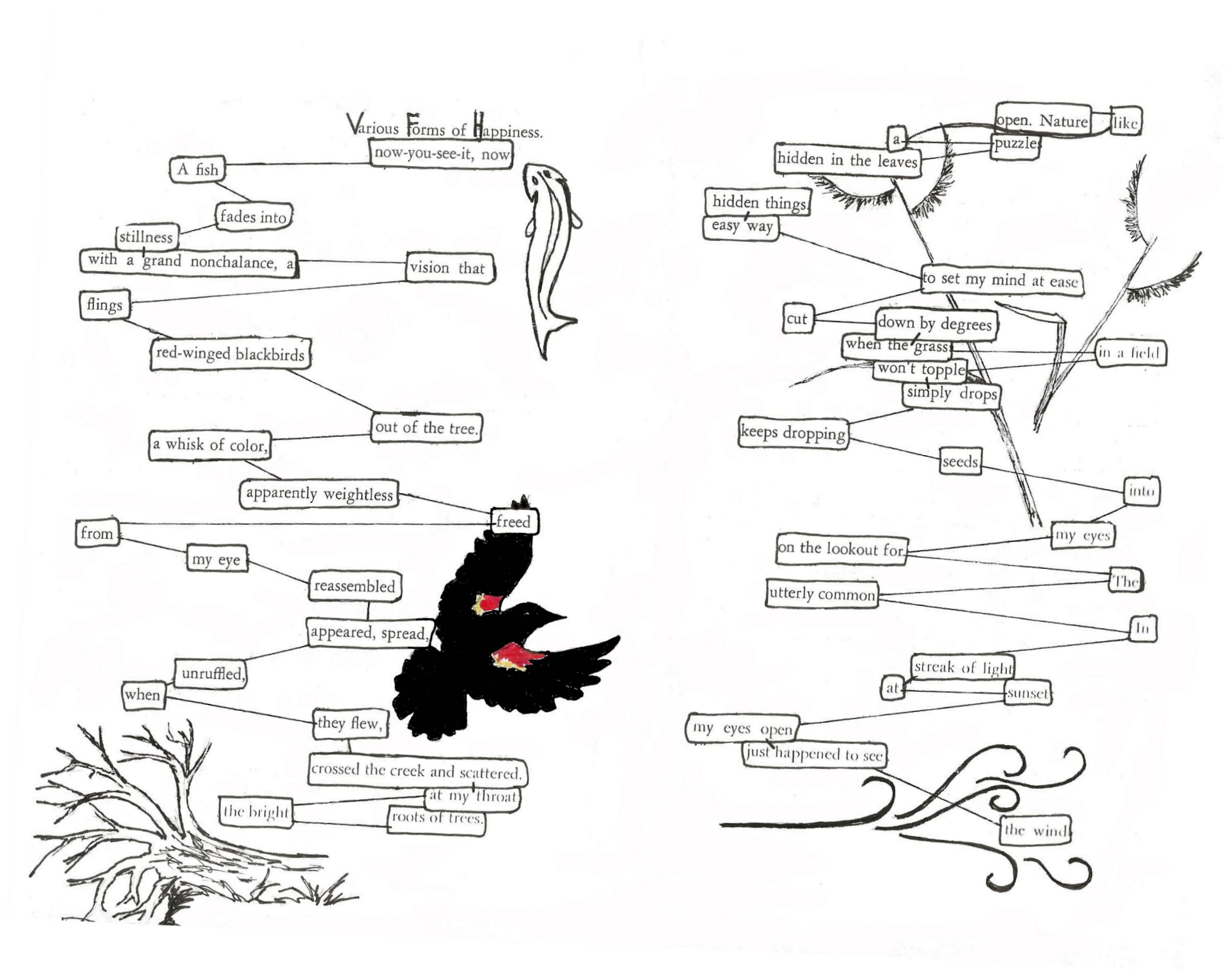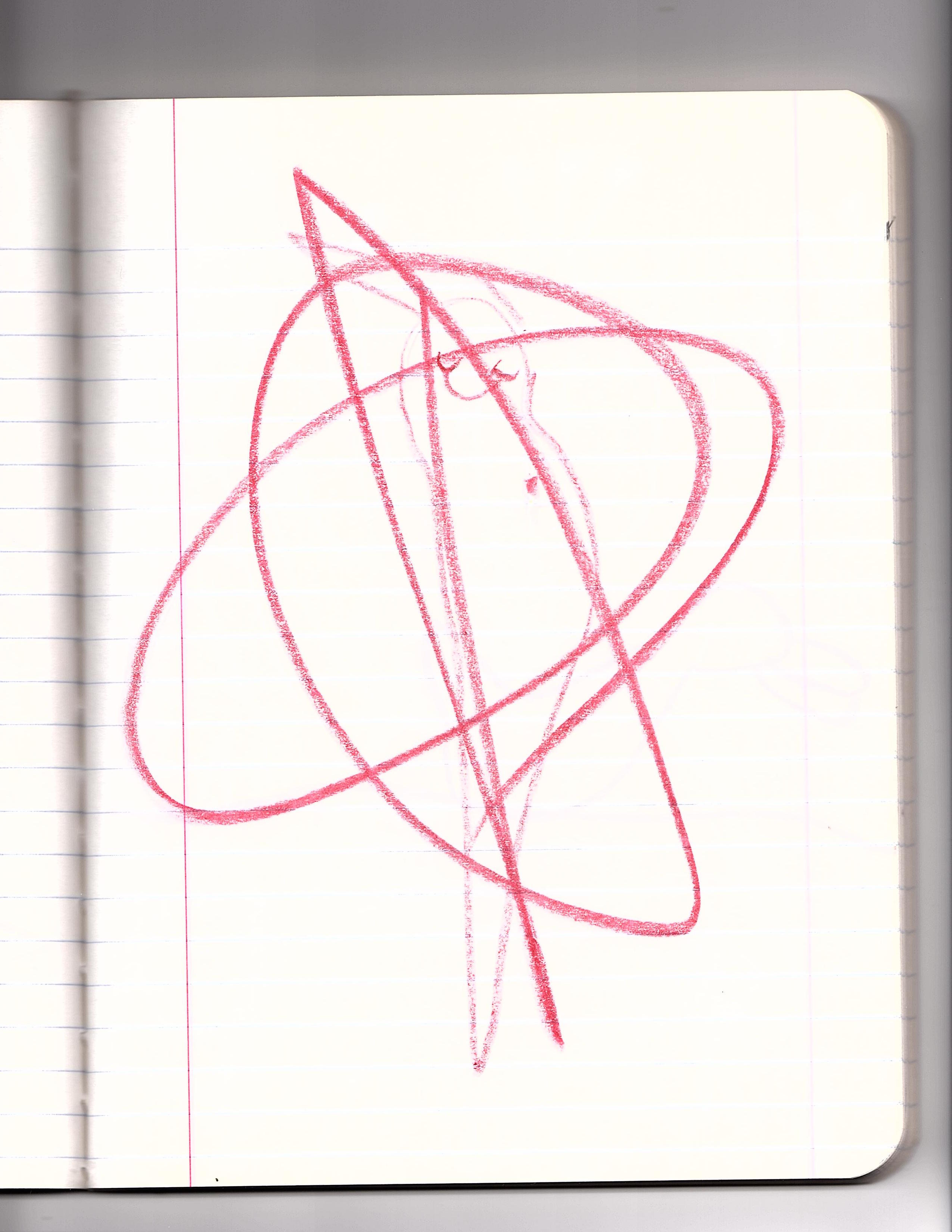2 POEMS
Universe II
The retreat of the Little Sisters
completes the cycle. It’s not rational
but something in its texture hints
at the heredity of rolled banknotes.
In the House of Anonymity,
a calm voiceover skinning mangoes
of high-flown rhetoric. The letter
13, the female voice, excessive.
The priest by comparison is
heavily bearded, a scalpel
leaping of its own accord.
The reflection implicates – us,
distorted in this realm of oysters
and lemons. The young girl
and the spectacle, in the dictatorship
of mouth and lungs. Hear
me now. There is no grace,
no second house forgotten, plotted
in the verdant shade of nuclear plants.
There is only the promise
of the skeleton, double-agent
of molecules uniting us all.
Elementary Class Consciousness
We eat the organs
of animals, plot utopia
with the jam knife.
We break three teeth
on the pure exteriority
of imperfect semiotic “things”,
believe in beauty’s
untiring whisper, idioms
of labor systems and acrobats
of desire. We unbalance
the peep-show, anticipate
this affair of sitting,
sass at the clearing
of our hosts’ moralities.
“Universe II” Sources: Mikhail Bulgakov’s Heart of a Dog, Angela Carter’s The Infernal Desire Machines of Doctor Hoffman, Ernest Cline’s Armada, Ailbhe Darcy and SJ Fowler’s Subcritical Texts, Mark Doty’s Still Life With Oysters and Lemon, Donna Haraway’s Staying with the Trouble, Toni Morrison’s Beloved, Tiqqun’s Theory of the Young-Girl
‘Elementary Class Consciousness” Sources: Mikhail Bulgakov’s Heart of a Dog, Angela Carter’s The Infernal Desire Machines of Doctor Hoffman, Ailbhe Darcy and SJ Fowler’s Subcritical Texts, Donna Haraway’s Staying with the Trouble, Aldous Huxley’s Brave New World, Alan Moore and David Lloyd’s V for Vendetta, Tiqqun’s Theory of the Young-Girl
Anna De Vaul‘s prose and poetry have appeared in a variety of journals. Her chapbook Cosmonaut is forthcoming from Valley Press (UK) and her first collection is forthcoming from Unsolicited Press (US).
Photo by Viktor Kiryanov

